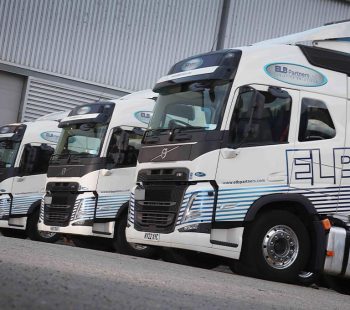The recent closure of Lady Bay Bridge in Nottingham, and its subsequent ongoing traffic delays and congestion, has led to renewed debate over the benefits of a new River Trent crossing. While recent reports of a fourth crossing, Waterside Bridge, brings welcome opportunities to boost sustainable pedestrian and cycle links in the city and surrounding boroughs, this will provide little relief to motorists who frequently face peak hour congestion.
Aaron Hand is a Principal Transport Planner for Hexa Consulting, an engineering and transport planning firm headquartered in Nottingham. On reflection of the recent congestion, he said: “The need for an additional bridge is clear to anyone who has travelled across the city, which has only three vehicular crossing points at Clifton Bridge, Lady Bay Bridge, and Trent Bridge.
“The increased congestion on the roads from the recent Lady Bay Bridge closure had many residents worried they would face the same long-term challenges seen in 2020 when Clifton Bridge was closed due to corroded steel. The initial closure made Nottingham one of the most congested cities in the world, with residents sitting in traffic for hours to do journeys that usually took them minutes. Ultimately, the bridge was not fully re-opened for 20 months, showcasing why cities relying on river crossings need to consider transport routes incredibly carefully.
“Matters are only worsened during any period of disruption, be it roadworks, traffic incidents or major events, with high levels of additional traffic diverted to sensitive bottlenecks already operating at capacity. Given the logistical and varied difficulties associated with upgrading existing crossing points, the call for a new bridge is a natural instinct.
“The benefits of this are evident. By reducing journey times, queues, and congestion it will improve the lives of local people, as well as air quality and public amenity. This will likely enable new opportunities for economic growth too and further regeneration and development with improved accessibility to the city.
“However, when considering any transport intervention, we need to take a broader view of transport issues across Nottingham. All major infrastructure projects require significant co-ordination across multiple authorities and stakeholders, many of whom may have differing priorities. This is paired with the increasing importance of sustainable travel in environmental policy, therefore, diverting limited pools of funding and highway capacity away from schemes that support walking, cycling, and public transport may be seen as contrary to this.
“The COVID pandemic had significant impacts on the way we travel, with the Department for Transport data suggesting that while car travel has recovered to and may even exceed pre-COVID levels, public transport usage is still noticeably down (between 20 – 25 per cent in many cases). While any new road bridge would offer many benefits for Nottingham’s motorists, it is important that any transport investments are carefully considered to ensure car-based travel habits are not ingrained where realistic opportunities for non-car modes exist.
“With limited funding opportunities available for investment in transport infrastructure and systems and competing priorities from various groups ranging from active travel advocates, public transport representative and motoring organisations, it can be difficult to provide solutions that address all the current challenges faced.
“It’s widely accepted that continued growth and dependency on private vehicles is not sustainable in the long run, however, until there is a significant shift away from private car usage, and toward public transport and active travel modes, then we’ll forever be walking the tightrope of trying to please all the people, all the time.”







